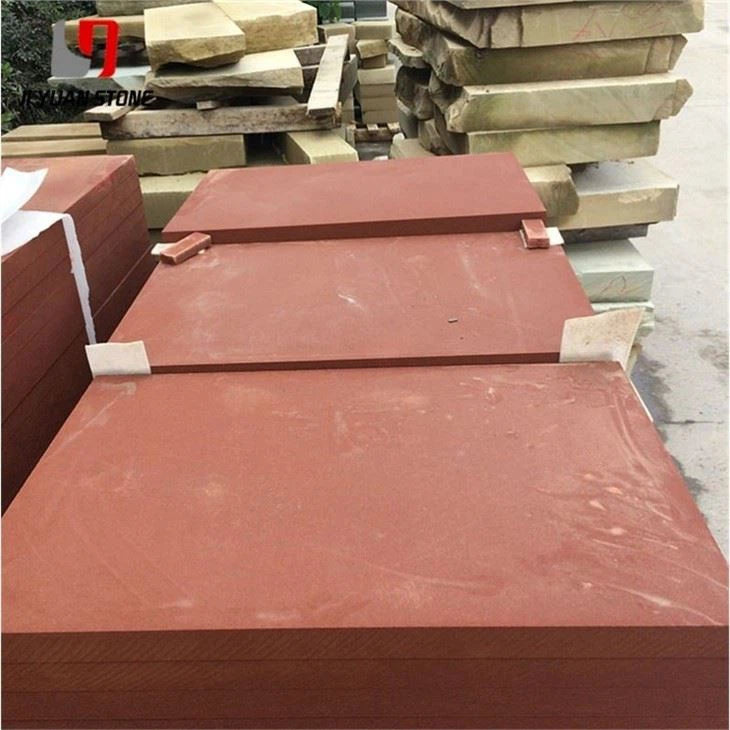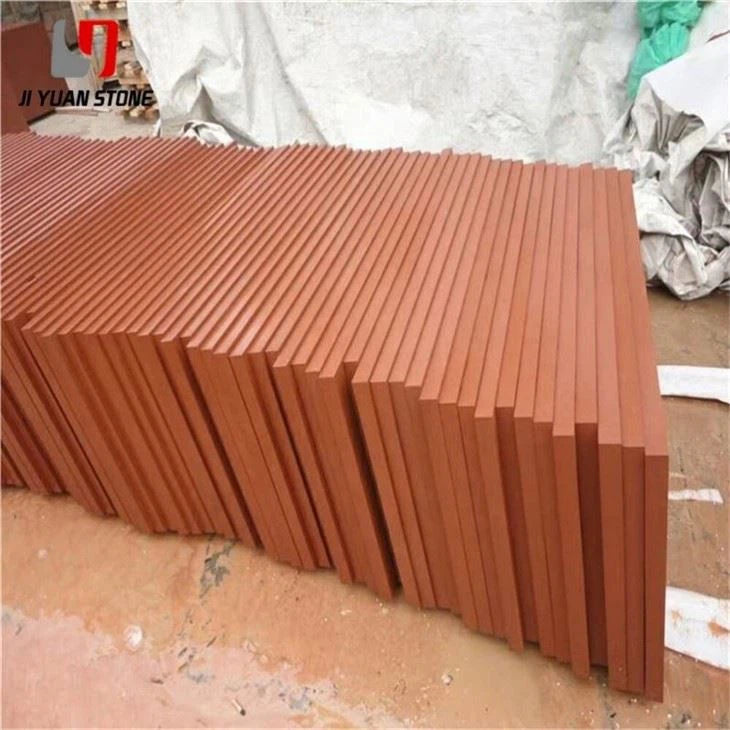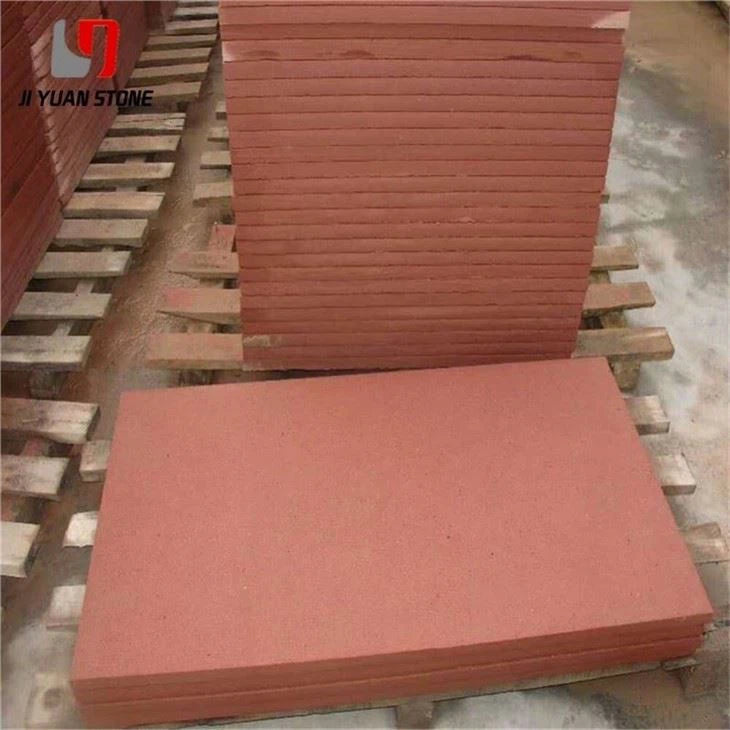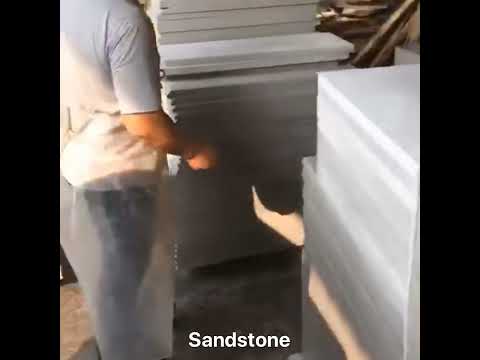Brown Sandstone
Brown Sandstone
Brown Sandstone is a durable and versatile natural stone that will add warmth and character to any space. With its unique brown hue and strong composition, it can be used for various indoor and outdoor applications, making it a great choice for enhancing both residential and commercial settings.
| Feature | Details |
|---|---|
| Material | Natural Sandstone |
| Surface Finished | Honed, Flamed, Bush-hammered, Nature, Mushroom, Swan etc |
| Finished Products | Floor tiles, Wall cladding, Countertops, Windowsills, Special-shaped tiles, Small slabs, Swimming pool, Steps, Wall panel, Flooring, Veneers, Slabs, Coping tiles, etc |
| Color | Yellow, Black, White, Red,Purple Wood, green,Grey,Rainbow etc |
| Finished | Honed, Split, Sandblasted, Sawn, Antiqued, Pineapple, etc. |
| Quality details |
|
| Usage | For internal & external decoration and construction, Walling or flooring tile. |
| Edgeing | Full Bullnose, Half bullnose, Flat eased (eased edge), Bevel top, Radius Top, Laminated Countertop, Ogee Edge, DuPont, Edge, Beveled or others. |
| Size | Standard (But if you have special requirements, you can consult our CSA.) |
| Surface Finish | Polished, Flamed,Honed, Bush Hammered-sandblast, Chisselled. |
| Package | Fumigation wooden crates;Slab:fumigation wooden bundles |
| Payment | T/T 30% Deposite |
Microstructure
- Algae boreholes are found inside the oolites.
- Micro sutures appear on the edges of the oolites.
- Micro cracks are filled with calcite.
Diagenetic Environment & Market Outlook Changes
1. Cementation:
o First-generation combo-like cement formed with gas generation.
o Second-generation granular cement formed in a shallow seabed environment.
o Local dissolution filling with sprite calcite.
o Coarser grains, semi-self-propelled, formed in the diagenetic period and buried in the diagenetic environment.
Deformation & Recrystallization
1. Transformation:
o Conversion of aragonite in the concentric layer of aragonite cement and oolitic structures from the first era into low-magnesium calcite.
o Occurred mainly in the early diagenesis period.
2. Recrystallization:
o Formation of micrite calcite in interstitials through metamorphic and new-generation denaturation.
o Formation of micro-shiny crystals.
o Occurred mainly in the late diagenetic period.
Compaction
- Syngeneic compaction is not strong; most oolites remain undeformed, showing point contact.
- Compaction occurs in the early diagenesis stage, with local oolites exhibiting flaky exfoliation and semi-grown cracks.
- In the late diagenetic period, deep-buried oolitic particles experience pressure dissolution, forming micro-suture-like contacts and micro-suture structures.
Comprehensive Naming
- Industry Standard Name: Dark Red Bright Crystal Oolitic Limestone.
- Zhao Chenglin's Classification Scheme: Dark Red Granular Brown Sandstone.
Component Analysis
One Ore Debris:
1. Quartz:
o Colorless, transparent, he-shaped, with positive and low protrusions.
o First-level gray-white interference color.
o Sub-rounded to sub-angular.
o Often contains gas-liquid inclusions, with particle size ranging from 0.1 to 0.4 mm.
2. Feldspar:
o Low content, mainly acidic basic plagioclase, with a small amount of potassium feldspar.
o Acidic cuttings: Fine twin crystal grains, with some clean surfaces and others turbid or sericitized.
o Basic plagioclase: Colorless, transparent, negative, and low protrusions.
o Features lattice double crystals and striped feldspar. Some grains fractured due to compaction.
3. Mica:
o Muscovite: Colorless, transparent, flashing protrusions, parallel extinction.
o Biotite: Light green, with distinct pleochroism, flaky, some chlorinated. Many grains are compacted, bent, and broken.
4. Heavy Minerals:
o Tourmaline: Found in quartz inclusions, green, parallel extinction, triangular arc-shaped sections, with strong pleochroism.
o Apatite Inclusions: Parallel extinction, straight protrusions.
Share

















